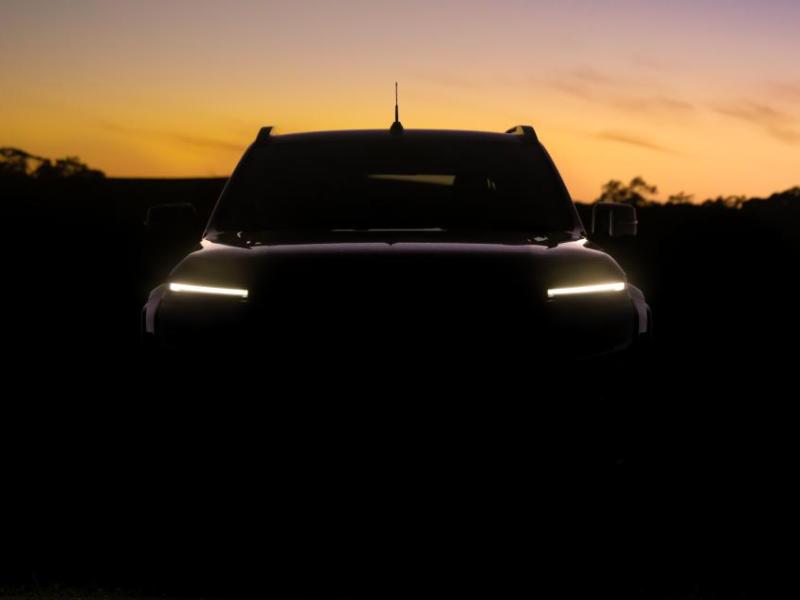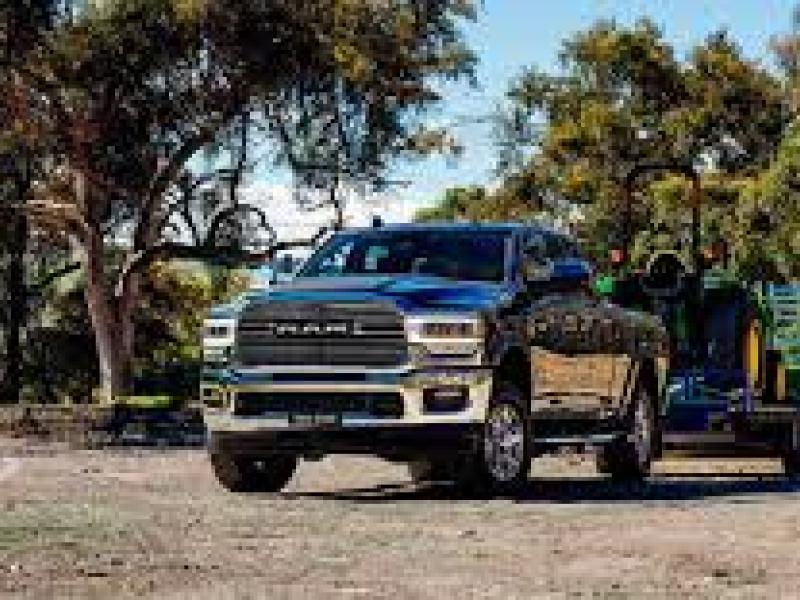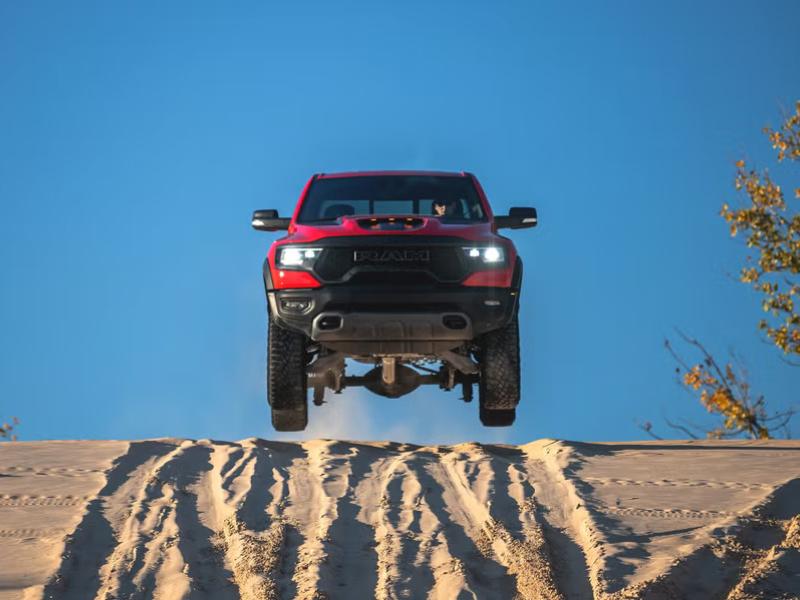As hoary old sayings go, one of the best – not to mention most enduring – is, and I quote, ‘there is no substitute for cubic inches,’ or its doppelganger, ‘there ain’t no replacement for displacement!’
First coined in an article in Sports Car Illustrated magazine in the United States in 1957, it celebrates the fact that, all other things being equal, capacity is ‘King’ when it comes to producing power and torque.
Or at least it was in 1957.
Since then advances in everything from metallurgy to super and turbocharging technology as well as flow bench design and computerised engine management have largely negated any disadvantage a smaller, lighter small capacity engine has over a bigger, heavier larger one.
If you’re a regular reader or scanner/scroller-up-and-down through the websites and forums of the big US and Australian magazines you’d be forgiven for thinking that the ubiquitous 90 degree V8 is still the best single compromise between size and sizzle.
We all have our favourite engine configurations of course but a quick ‘straw pole’ of a group of my car ‘acquaintances’ proved that either we are different, or that times in fact, are ‘a changing!’
In no particular order, rally man Dutchie (not his real name!!) reckons there is no better engine than the Cosworth-developed Ford BDA four-cylinder that sits between the wheel arches of his Mk 11 Escort.
And though he is arguably best known for his feats in building and racing a V8-engined NZ Touring Car, Westy (long story!) says that if he had to choose (just the one engine) it’d be a turbo 13B rotary!
After competing successfully with both a V8 and a turbo six, DK (for Drift King) has recently swapped back to a single turbo 2JZ Toyota straight six, while Snatch (and no, that nick-name was not coined for any 4WD antics!) sides with Dutchie as far as small capacity four cylinders go, his all-time favourite being Nissan’s turbocharged SR20.
Me?
Typical journo that I am I’m much happier reporting on what others think than what I do. I’m also a real fence sitter because I can see the benefits of most configurations.
While I’m no great fan of your typical lumbering, asthmatic old-skool American V8, equip a late model, aluminium (one with a flat plane crankshaft and heads and con and pushrods which let it rev) and I can see the point.
And after racing Mazda RX7s in the Pro 7 circuit class I’ll always have a soft spot for a raucous N/A 12A rotary.
As I drive more of them I am also starting to understand while so many off-roaders go down the turbo diesel route – particularly when there are guys (literally just down the road) like Jason Frost at the forefront of tuning and upgrading them
Kiwis being the practical, expedient lot that they are, of course, I’d much rather focus on the end result, rather than fixate on the actual configuration.
Which is where my mate (we’ll call him Bollox to spare any embarrassment this call-out might cause him) comes in.
In the 20 or so years I have known him he has built race and series-winning rotary, single, twin, four, six and eight cylinder engines for circuit, speedway, drag and boat use.
Capacity to him is just a number. The key is to him is maximising power and torque without compromising driveability or reliability.
To which all I can add is, ‘amen to that!’
To read every story in the August 2017 issue of NZ4WD go to Zinio.com (July 21) or purchase your own hard copy at the Adrenalin store.






